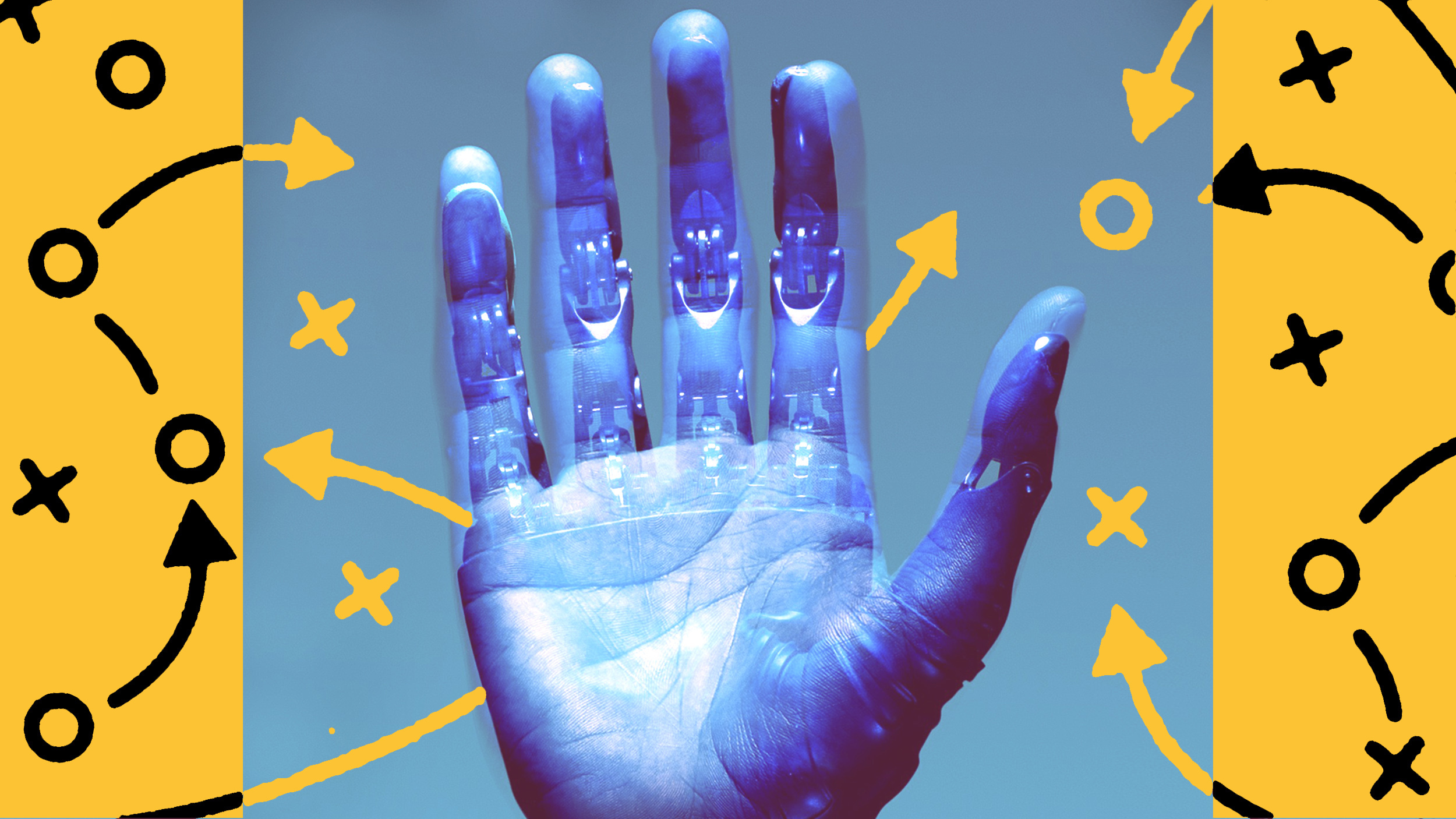6 laws for strategic networking

History is not the story of great people directing the course of the world. It’s about networks.
Sure, great people may have had an outsized pull on certain events. But men and women, no matter how influential, are simply nodes within the complex connections of society. History is the story of what happens when these networks trade, fight, fracture, compete, consume resources, or support one another.
For this reason, historian-by-trade Niall Ferguson also studies network science. His interdisciplinary approach has allowed him to develop new insights and methods for analyzing his field, and through that analysis, he’s recognized six historic laws of networks.
By considering these laws, we can do more than just understand networks. We can discover how to use them more strategically.
In this lesson preview, Ferguson details his six laws, and we consider how to use them to improve our connections.
1) Birds of a feather flock together.
- Individuals tend to associate and bond with similar others—a concept called homophily.
No doubt you’ve witnessed homophily play out in your life, from the high school scene to the boardroom to politicking on Capitol Hill. At first blush, it may seem this law narrows our networking potential. But it actually expands it.
By making our networks more inclusive and cultivating mutually beneficial relationships, we expand the flock. More birds equal more nodes and, in turn, more expertise to draw on in times of crisis, change, or necessary innovation.
2) It’s a small world.
- There are just six degrees of separation between any two randomly selected individuals (and even fewer when social media are introduced).
As Ferguson notes, Stanley Milgram performed a famous letter experiment showing roughly six degrees of separation between any one person in the United States to any other. The actual number of degrees has been scrutinized, but the concept demonstrates that networks are more connected and tightly packed than we’d initially think. Some studies have suggested that social media has shrunk the degrees of separation.
We can use this law to make networking less intimidating. That cozy network you interact with every day is more diverse than you think. You likely have the connections necessary to make new, critical connections feasibly. So reach out!
3) Virality depends on superconnected nodes.
- When it comes to spreading ideas, network structure is as important as content.
Superconnectors are the influencers, the policymakers, and, yes, those influential people of history. In fact, their status as superconnectors is one reason their names have attached so firmly to historical narratives.
Again, let’s not get the wrong impression. This law isn’t saying you either are or are not a superconnector. That makes it seem like the network is rigged either for or against you.
Instead, if you learn to recognize superconnectors—either in your network or networks you wish to tap into—you can use their connections to your advantage. If your idea, product, or name is shared by the superconnector, it spreads through their well-connected node. Alternatively, if you need to access a distant network for new and innovative ideas, a superconnector could be just the person to make the introductions.
4) Networks never sleep.
- Networks are not static—they are complex systems whose behaviors are hard to predict over time.
Established superconnectors can become a pariah. New ones can arise. Networks may connect through specific nodes or combine to make something new.
All of this is to say: Stay vigilant. Your organization may be comfortable under the current paradigm, but don’t stand still. As new paradigms arise, you may need to tap into new networks. If you’re unhappy with your place in the network, you can pursue improvements— either by connecting with superconnectors or reaching into other networks.
5) Networks network.
- Networks have interactions—they can meet, fuse, and fight.
Networks network with networks through networks. The consequences of such interactions can be beneficial for all nodes, certain nodes, or no node at all.
The networks we call states network through trade and intergovernmental agencies. Business networks network through partnerships and competition. Even church softball leagues are examples of networks networking.
It’s worth repeating: Because networks network, you and your organization have more connections than you think.
6) Networks are inegalitarian.
- Some nodes are far better connected than the majority, creating influencers.
Superconnectors are just one example of any network’s lack of parity. But although networks are inegalitarian, that doesn’t have to be viewed negatively.
Some networks benefit from being hierarchical. For example, networks that need to make critical decisions fast, such as the military, need hierarchical structures to ensure compliance and follow-through.
Conversely, while networks are never equal, some can benefit from being more egalitarian. Universities are one such example. They maintain a hierarchy, but any member of the university can question the ideas of any other and have the opportunity to pursue pet projects.
Given this, consider where on that continuum your network best fits and actively work toward strengthening that power structure.
Discover the power of connection with video lessons ‘For Business‘ from Big Think+. At Big Think+, you can join Niall Ferguson and more than 350 experts to learn the critical skills that help drive your business and career forward. Lessons on the power of networks include:
- How Do Networks Work? Six Laws for Strategic Networking, with Niall Ferguson, Historian and Author, The Square and the Tower
- Why We Should Fall Out of Love with Online Social Networks, with Niall Ferguson
- Work Your Network, with Reid Hoffman, Co-founder and Chair, LinkedIn
- The Power of Onlyness: Go from “You” to “Us” with Trust, with Nilofer Merchant, Marketing Expert and Author, The Power of Onlyness
- Rethink Networks: Strategies for Making Users More Valuable, with Michael Schrage, Research Fellow, MIT Initiative on the Digital Economy, and Author, The Innovator’s Hypothesis
Request a demo today!




